Traversing the Tibetan Plateau: Part I - Eastern Tibet to Lhasa
- HOWS
- May 3, 2020
- 5 min read
Updated: May 20, 2020
In the autumn of 2007, I made one of my most memorable journeys; from Xinjiang, in far Western China, I crossed the Aksai Qin and over the Kunlun Mountain Range, entering the high Tibetan plateau. For the next seven weeks, I traversed Tibet - from Ngari in the far West, through Amdo and Lhasa to Kham; the culturally Tibetan regions of Sichuan and Yunnan.
This article covers the first part of the journey: from Khargilik, an ancient oasis town of the Silk Road, into Tibet by way of the army town of Ali (Gar). A visit to Zanda (Tholing) and the ancient Guge Kingdom, a pilgrimage around Mount Kailash and onwards to Lhasa.
Khargilik to Ali (Gar)
Welcome to Tibet. Covering 1135km over some 33 hours on "The Highest Road in the World". We gained 1290m in elevation, crossing a pass of 5250m. I was in a government sleeper bus (no toilet on board...); except for an Israeli and three Chinese tourists, the rest of the passengers were Chinese military, heading to the garrison town of Ali. The sudden altitude gain made me super sick, and I can confidently say this 33 hour journey was one of the worst of my life.
The route passed the Aksay Qin, a region claimed by India but controlled by China, that led to a border war in 1962. The view was consistently desolate, not a tree, a bush or a shrub. The route was peppered with a few truck stops where we stopped to show our passports or eat instant noodles. I almost got eaten by a giant Tibetan Mastiff at one stop; this gave me a very healthy fear of these enormous, wolf-eating dogs that were never kept on chains.
I would have been more thrilled with arriving in Ali if I hadn't been so eager to find a loo...It was technically illegal to enter Tibet this way, but in the September of 2007, it was known that the officials looked the other way as long as you "handed yourself in" upon entering Ali and paid the 300 yuan fee.
Ali has little going for it, except that the Indus river, arising at Mount Kailash, passes through here on it's 3200km journey through Pakistan to Karachi and the sea.






Ali to Zanda (Tholing)
Can you guess how long this 200km journey took? 7 and a half hours. That should give you an idea how shockingly bad the road was. I took a public mini bus with a handful of Chinese tourists and locals through the Gar Valley and across the Lalung Pass (5175m). As we approached the Sutlej River, the broad sweep of the Himalayas emerged on the horizon, from Nanda Devi in the South to the Ladakhi range in the North.
We passed a handful of tourists on the journey; all Chinese men in landcruisers.




Tholing and the Guge Kingdom
The reason for the detour to Tholing was to visit the ancient Guge Kingdom ruins; notably Tholing Monastery and Tsaparang Citadel. The town is really more of a one-road backwater sitting on the banks of the Sutlej.
Tholing lay historically on one of the main trade routes linking India and Kashmir in the west, with Central Tibet in the east, and the Silk Road in the north. It's hard to imagine traders coming through here, a desolate corner of the Tibetan plateau, walled in by huge mountain ranges. It was in this area that Tibetans appear to have first established permanently inhabited cities. The Kingdom of Guge, established in the 9th century, became a centre for the spread of Buddhism from India across Tibet.
Tsaparang Citadel was constructed in the 15th century high up on a spur overlooking the Sutlej River and has remarkably well preserved and beautiful murals on the walls. It's a complex of temples, monastic quarters, a summer palace, and - built deep into the rock itself and accessed by an almost vertical tunnel that one can barely crouch through - the winter palace.
Another highlight here - now my poor stomach had settled down, I could enjoy my first Tibetan tea experience: Bo cha or Changamo? Bo cha is made from yak butter mixed with salt, soda, tea leaves and hot water. Changamo is a sweet tea made with yak milk. Delicious!











Tholing back to Ali
Two very kind Chinese gentlemen offered me a lift back in their landcruiser to Ali after a few nights in Tholing. What a luxury: the comfort! The speed!
Ali to Darchen & Mt. Kailash
A larger bus for this journey; but the 230km still took 7 hours. Heading southeast, parallel with the Tibet-Indian border, I was heading for Darchen; a dusty outpost under the shadow of Mount Kailash.
It was the first place where I really felt I was in Tibet; Ali and Tholing had both been seriously sinicised and felt more Chinese than Tibet. Here in Darchen, though, Tibetan cowboys played on outdoor pool tables, kids play in the dirt and women in full regalia wash dishes in the stream. The lower part of Darchen is a jumble of informal guesthouses and hotels; the upper slope is a Tibetan village. I was shocked and saddened by the amount of trash everywhere.
Mount Kailash is famed throughout the region and the sub-continent. At 6714m it's not specifically high, but it's four sheer walls match the cardinal points of the compass, and it's southern face is marked by a vertical cleft, crossed midway by a horizontal line of rock strata. For buddhists, this resembles the swastika - a buddhist symbol of spiritual strength. It's long been an object of worship for four major religions: for Hindus it's the domain of Shiva the Destroyer; for Buddhists it's the abode of one manifestation of Sakyamuni; for Indian Jains, their first saint was emancipated here; meanwhile it's sacred also for the Bon of Tibet. It's also the source of four major rivers: Indus, Sutlej, Brahmaputra and the Karnali, which feeds the Ganges. Imagine, from this one mountain flows water which sustains hundreds of millions of people!
For thousands of years, Mount Kailash has been a crucial pilgrimage site. A 52 km circumambulation, or kora, of the mountain is said to bring liberation within three lifetimes. In the height of summer, the pilgrimage can be made by a fit person in one day. I had arrived well into the early snows of Autumn and was advised not to make the trek. With a few new-found friends; an American, a Taiwanese and two Chinese; we decided to go ahead with the kora. And what an adventure it was!
Mt Kailash Kora - Day One
Mt Kailash Kora - Day Two
Mt Kailash Kora - Day Three
Darchen to Lhasa
After a deep sleep and hot meal to recover from the tribulations of the kora, and with the help of my Chinese-speaking acquaintances, we were able to track down a 4X4 that was heading to Lhasa and could take us. With my sun-crisped face, aching legs and an endless supply of excitement, we began the journey by passing Lake Manasarovar. 1150km and 28 hours later we entered the fabled city of Lhasa.







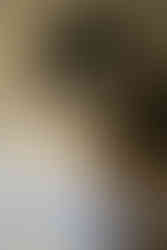
















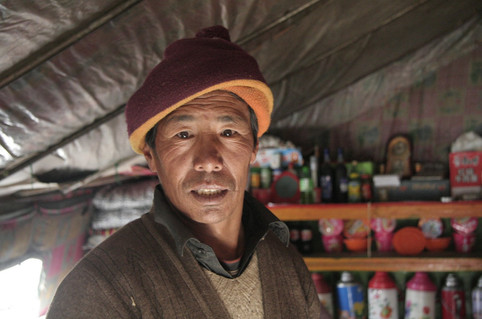



















































































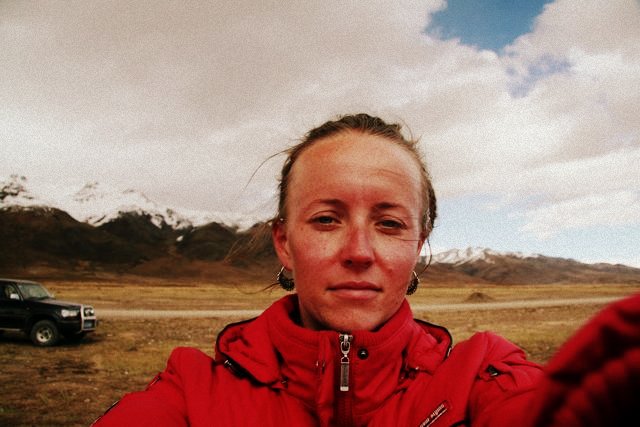

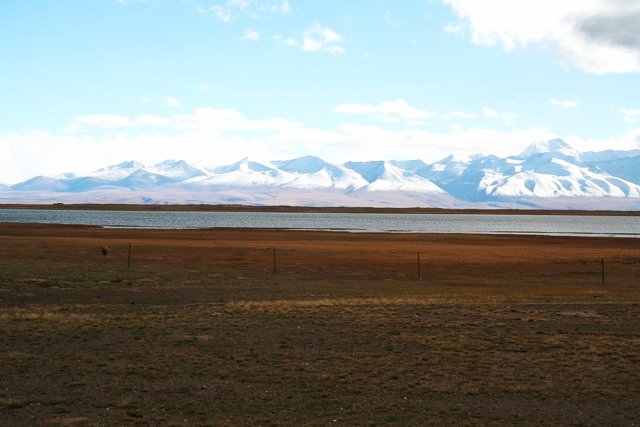

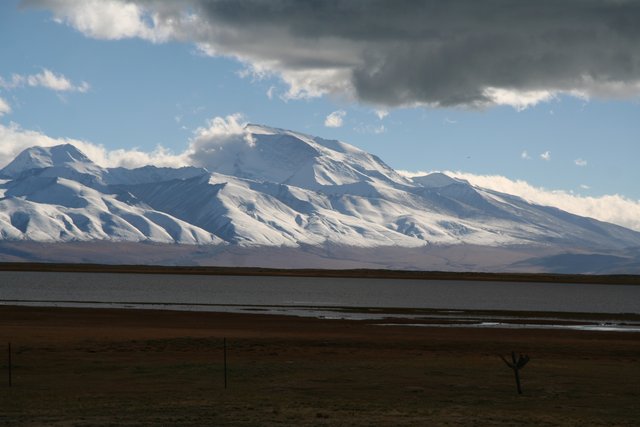

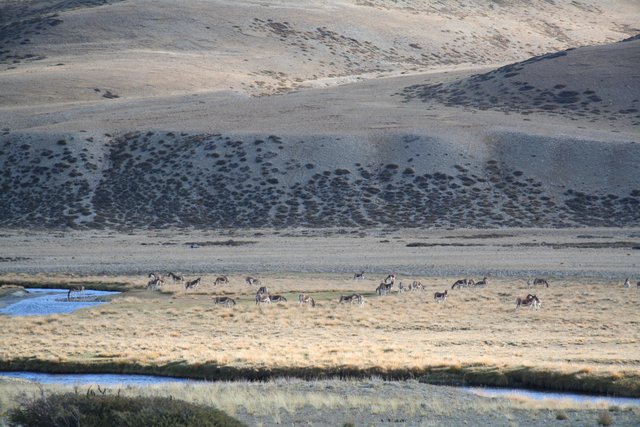

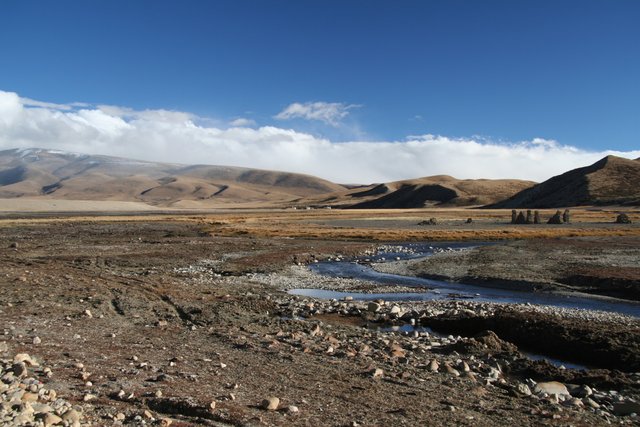

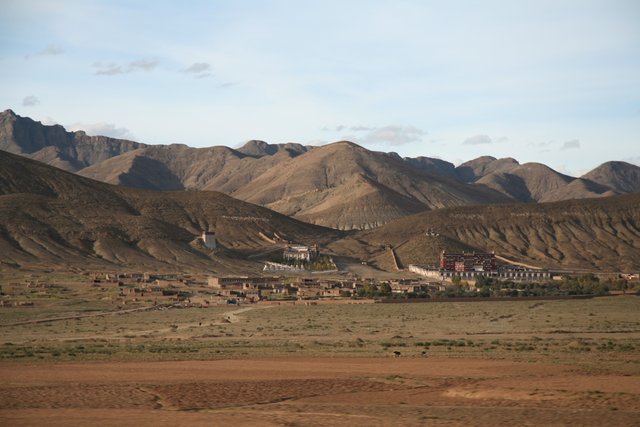

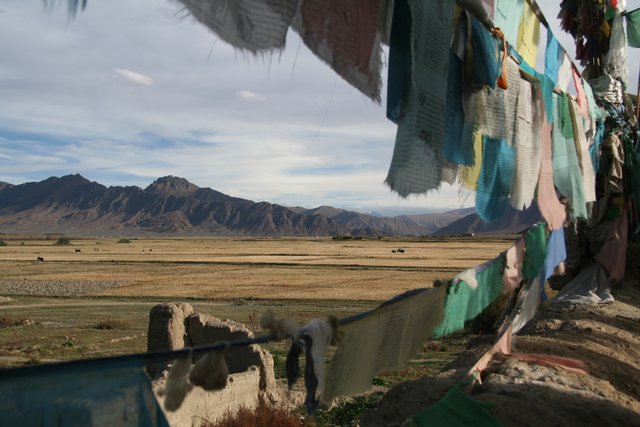



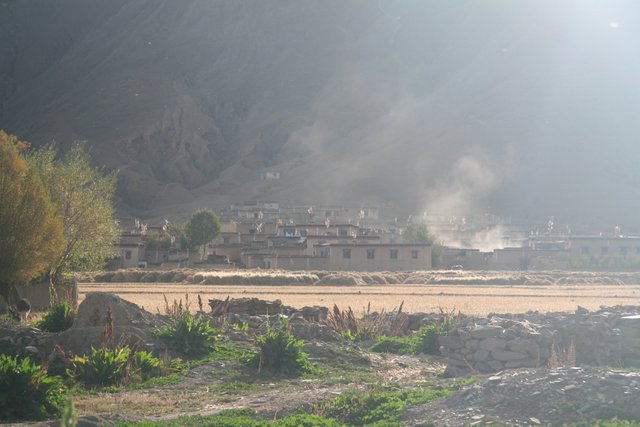

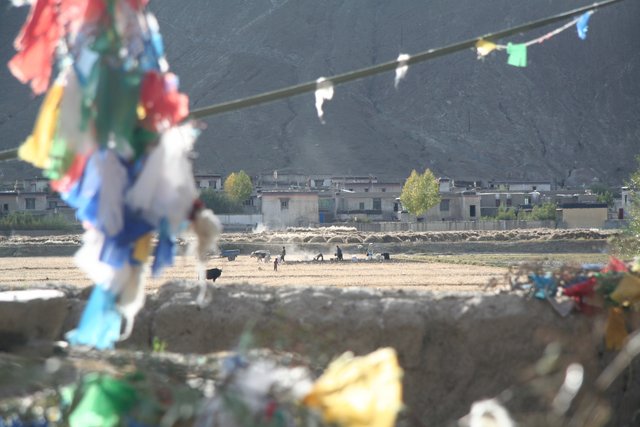

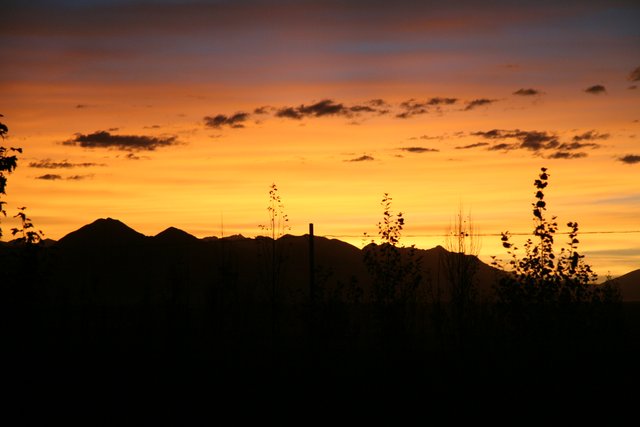
Comments